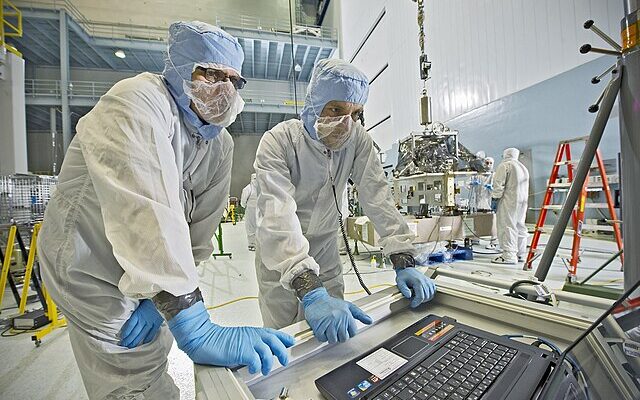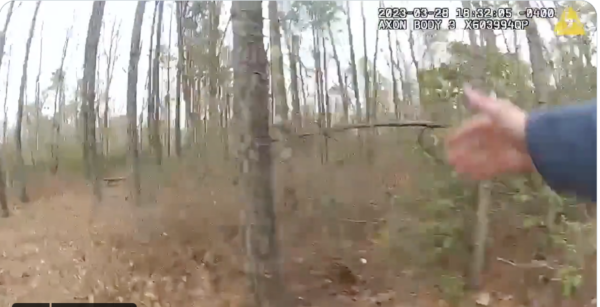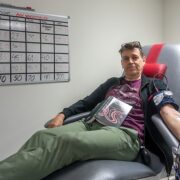
Researchers at a university in Houston have made an incredible discovery that may soon change cancer treatments forever. James Tour, an organic chemist at Rice University, and his fellow co-researchers have discovered a new way to destroy cancer cells by using a medical dye and near-infrared light.
The Beach Boys’ iconic hit single “Good Vibrations” takes on a whole new layer of meaning thanks to a recent discovery by Rice University scientists and collaborators, who have uncovered a way to destroy cancer cells by using the ability of some molecules to vibrate strongly when stimulated by light, writes Rice University.
The researchers found that the atoms of a small dye molecule used for medical imaging can vibrate in unison ⎯ forming what is known as a plasmon ⎯ when stimulated by near-infrared light, causing the cell membrane of cancerous cells to rupture. According to the study published in Nature Chemistry, the method had a 99 percent efficiency against lab cultures of human melanoma cells, and half of the mice with melanoma tumors became cancer-free after treatment.
“It is a whole new generation of molecular machines that we call molecular jackhammers,” said Rice chemist James Tour, whose lab has previously used nanoscale compounds endowed with a light-activated paddlelike chain of atoms that spins continually in the same direction to drill through the outer membrane of infectious bacteria, cancer cells and treatment-resistant fungi.
“They are more than one million times faster in their mechanical motion than the former Feringa-type motors, and they can be activated with near-infrared light rather than visible light,” Tour said.
Near-infrared light is a crucial component of the research because it allows scientists to penetrate deeper into the body uninvasively. This means that cancer in bones and organs can be treated without requiring surgery to access the affected area.
Science Alert explains that “the structure and chemical properties of aminocyanine molecules mean they stay in sync with the right stimulus – such as near-infrared light. When in motion, the electrons inside the molecules form what’s known as plasmons, collectively vibrating entities that drive movement across the whole of the molecule.
‘What needs to be highlighted is that we’ve discovered another explanation for how these molecules can work,’ says chemist Ciceron Ayala-Orozco from Rice University.
‘This is the first time a molecular plasmon is utilized in this way to excite the whole molecule and to actually produce mechanical action used to achieve a particular goal – in this case, tearing apart cancer cells’ membrane.’
This is also the kind of straightforward, biomechanical technique that cancer cells would find it hard to evolve some sort of blockade against. Next, the researchers are looking at other types of molecules that can be used similarly.”
Now that’s the kind of science that would make Brian Wilson proud.










Replicate worldwide needed